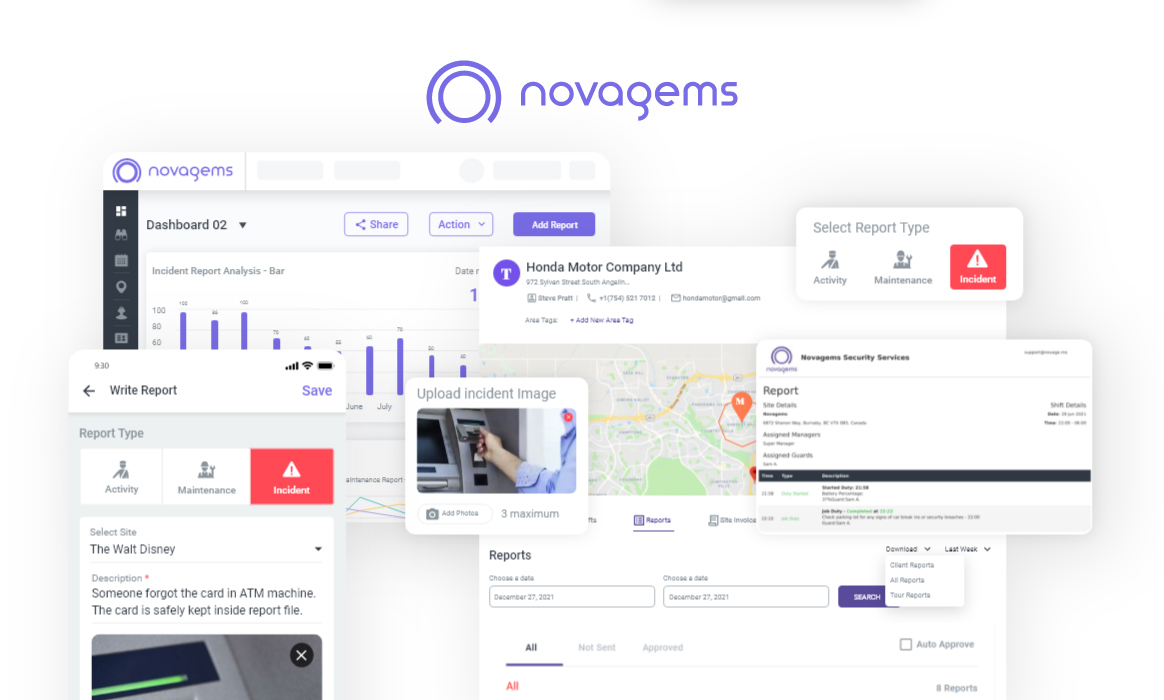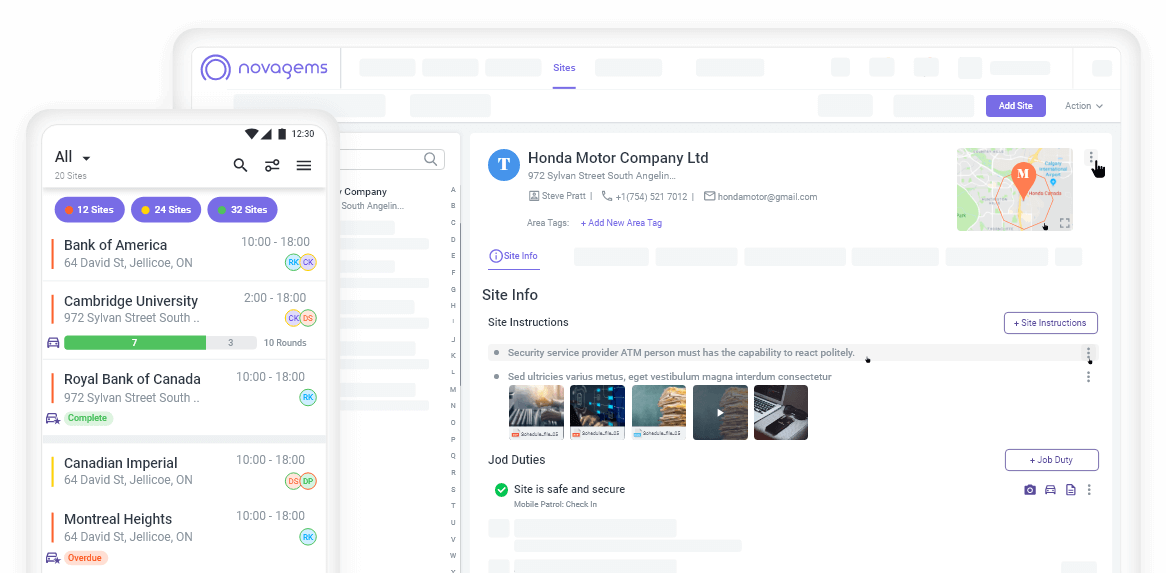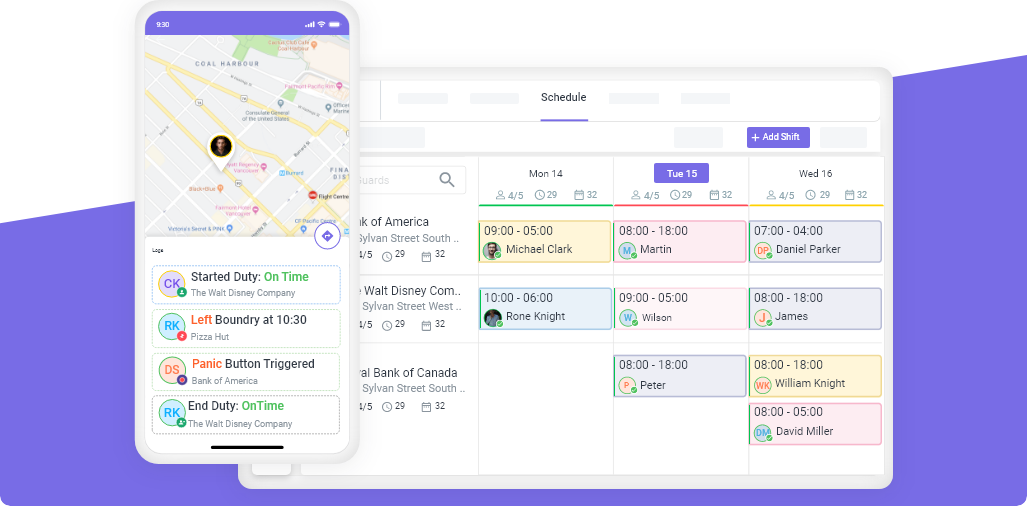Tips for Security Professionals: Building Bulletproof Incident Reporting
Mon, Sep 26, 2022
Read in 4 minutes
Building incident reports is one of the most crucial responsibilities of security professionals. Whether you’re a security guard or a manager, incident reports are one of the most primitive parts of your job.

While the job of a security officer includes both avoidable and unavoidable risks, they must be well-versed with incident reporting. Incidents are bound to happen, but how a security professional reports them is of utmost importance.
Here, we will help you learn how you can create bulletproof incident reports. So, let’s check out some primitive elements of an incident report:
1. Location
An incident report states the happening of an event. So, the first question that comes to mind is, where did it happen? So, our first point in an incident report is the location.
You can either plainly write the name of the location or add a checklist mentioning all the areas and check the one where the incident took place. For example, if the guard is on duty in a commercial building and an incident happens, he can add the location as The Reception Area.
Alternatively, he can add the names of all areas like the reception area, first-floor washrooms, second-floor washrooms, conference hall, etc., as a checklist. He can then check the location where the incident took place. This way, security incident reporting will be more elaborative and presentable and can be reused.
2. Type of Incident
Next, you need to mention the type of incident. In this section, you need to name the incident. You can write the incident briefly, like the security guard was injured or the door was open. You can follow it by explaining the incident in a few more words.
However, a more effective way to mention the type of incident is again creating a checklist and categorizing the events. For example, you can write the categories of events like Intrusion, Injury, Maintenance, Security Breach, etc. Then you can check the type of incident that happened. Such types of bulletproof incident reports are versatile and reusable.
3. Details of The Damage
Now, you need to enter the details of the damage. Was there any visible damage? What are the intricacies of the visible damage? What are the reasons behind the damage?
Here, you cannot write an entire paragraph. Keep it short, precise, and informational. Explain the damage in simple and short sentences.
You can also add the details about what led to the damage and how things unfolded during the incident. Short phrases will help you explain the situation professionally through accurate security incident reporting.
4. Action Taken
Lastly, state the action you took as the security guard on duty. Explain what you did to fix or undo the damage. What action did you take? Did you notify the police when required? Did you talk to the police if they arrived at the location? Did you take preventive measures to prevent further damage or loss?
Again, be precise about your answer to this point. Keep it professional but don’t miss out on crucial information. In the free-form template, you can write it in simple sentences. However, in a template-based report, create a different section for commonly taken actions like Did you Notify the Police? Keep both answers in options - Yes and No. The security guard can check one of the answers depending on the incident and situation.
So, here we covered the four crucial elements of an incident report. However, that is not all!
There is much more than just a handful of answers required to create an incident report.
Such reports are official documents created by security companies, and the guards or managers should learn to make them perfect. To help you know all about it, we have created a thorough guide where you can learn how to build bulletproof incident reports.
From learning what an incident report is, to diving deeper into its six essential components, we have gathered all the information in one place.
For more such guides and tips, keep following Novagems. We will be back with more informational pieces for you!
Get a Free Trial
Sign up For Newsletter
Latest Blog Posts
Get Started
Start being productive & grow your business
with Novagems




